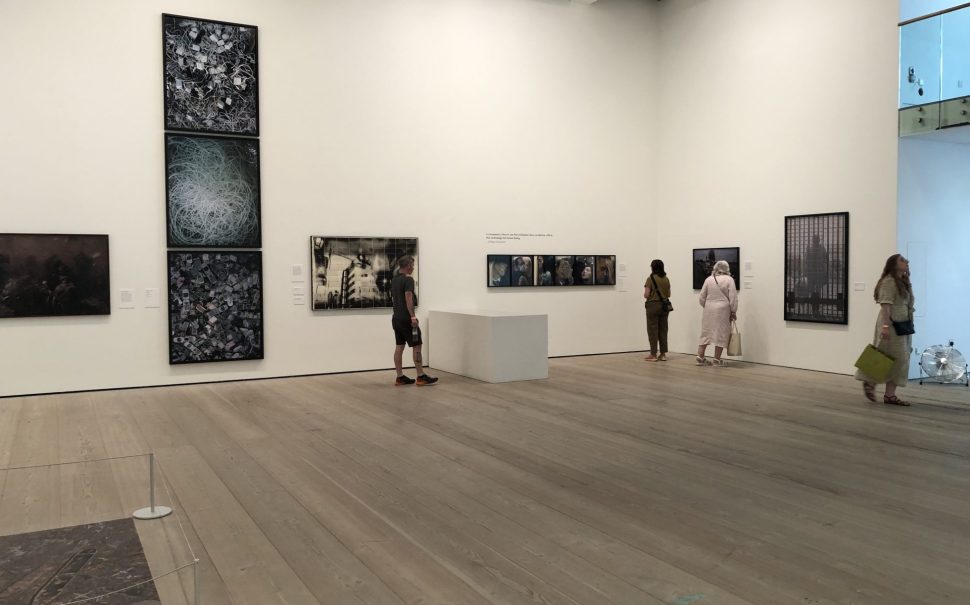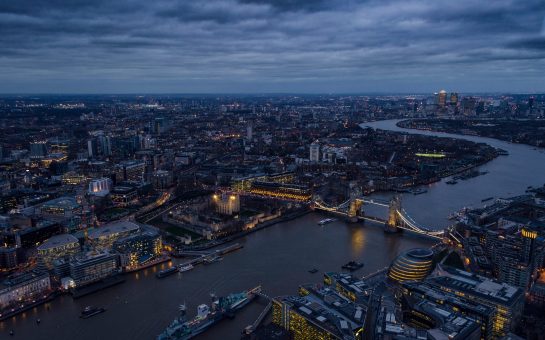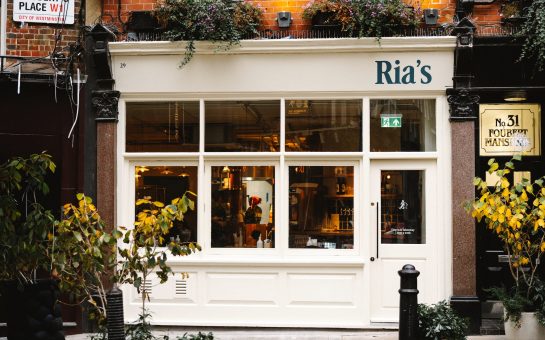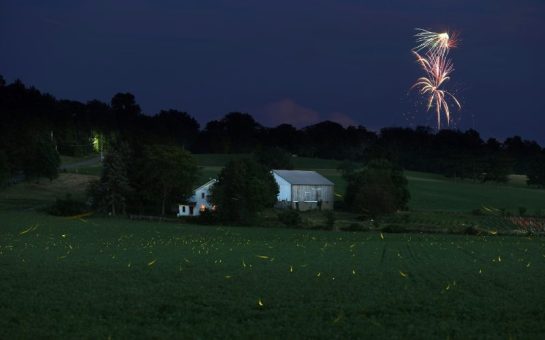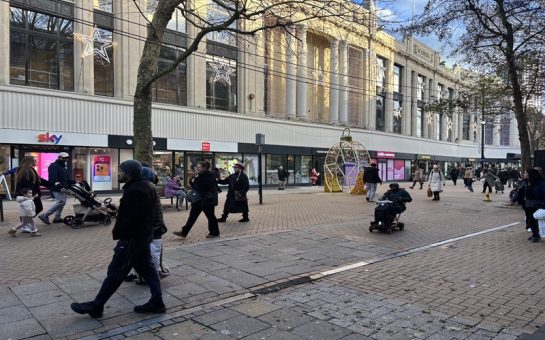The Saatchi Gallery is running a photography exhibition, featuring 150 globally renowned photographers, that shows the complex history of humanity across the globe: Civilization.
Curated by William A. Ewing and Holly Roussell, the exhibition gives its visitors an opportunity to see the world we live in now and beyond.
Divided into eight chapters, Civilization, The Way We Live Now presents images taken all over the six inhabited continents, while trying to visualise humanity’s progress through its most known achievements and failures.
The selection of over 350 photographs is also an attempt to translate the complexity and discrepancies of what we call contemporary civilization into images we all see the same way but interpret differently.
Chapter by chapter
The very first chapter, Hive is a collection of images focusing mainly on the growing urbanisation, with skyscrapers littering the horizons of modern cities.
Alone Together is what it says. What we do behind closed doors. What we now call family.
And how we are physically close to one another or literally squeezed, across six continents, inside the hives we have created for ourselves.
Flow, the third chapter, is about how we transport. Not only ourselves from A to B but also our goods, products and even ideas.
Simply speaking, how we move around, communicate and what kind of infrastructure and inventions allow us to do so.
Chapter four, Persuasion, actually presents something far more sinister that its name suggests.
Nearly everywhere and almost constantly, there is somebody who tries to convince masses to get, have, buy, experience something.
From global companies selling goods to governments spreading propaganda, it is all about making the receiver behave a certain way or spend money on certain products.
Straight after comes fifth chapter Rupture which presents nothing more and nothing less than breakdown, failure and disorder.
As the human civilization is not only about its greatest achievements but also about its failures and shortcomings, Rupture is about the fact that what we are creating and where we are heading is not always something to be proud of.
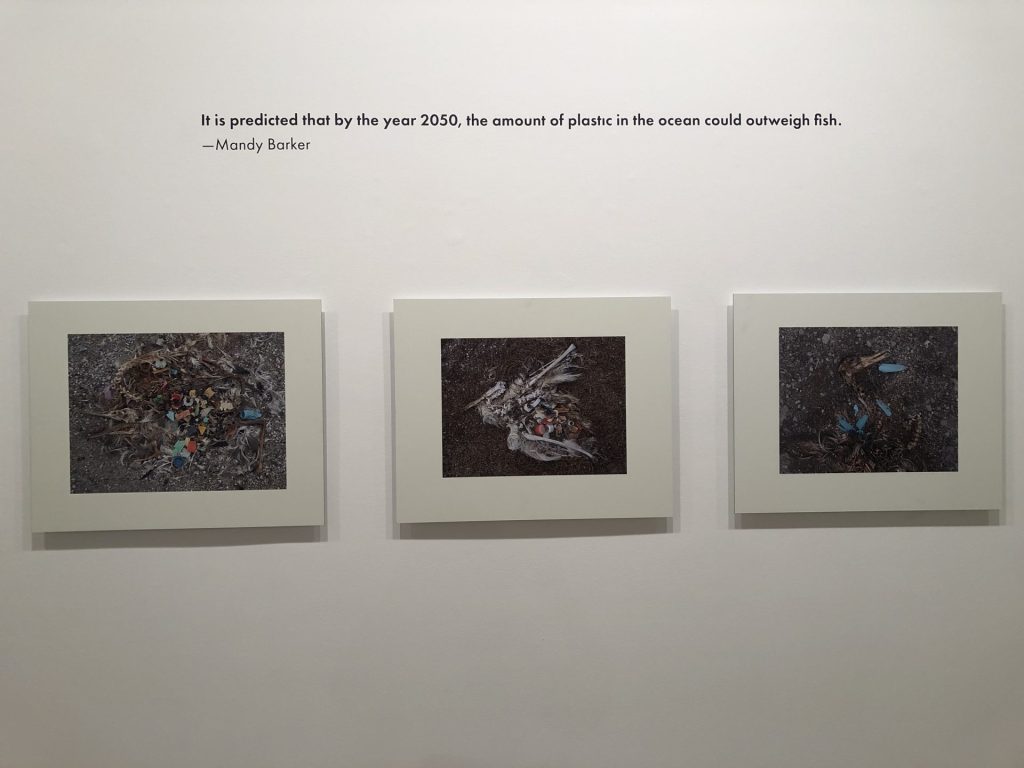
Control is chapter six. How we prevent it all from falling apart?
It’s about maintaining discipline and making sure everything follows a certain order.
Or does it? The greatest question of all.
Who writes the script of human history and therefore shapes the here and the now and gives direction to where our civilization is heading? Is chaos a new order?
Speaking for itself is chapter seven, Escape.
It is almost always about nature. Green and blue seem to be very calming, whether it’s a shady forest or azure sea.
Humans long to be closer to where they came from. Relaxing therefore is about not being in the middle of human hives.
And finally, what awaits us beyond now. Next?
Chapter eight is an invitation to have a glimpse and try to guess what awaits us behind the horizon of the future.
Robots, man made food items, further space discovery and much more. Some say exciting, some say terrifying.
Response
Yet, even the greatest exhibition without visitors is of no use. An empty space of dust collecting images waiting for reaction of those who happen to see and study it.
Francisco Abreu, 26, a London based visitor reflected on Hive: “Globalisation and the world are becoming very homogeneous. Companies such as Apple, Samsung etc. just keep bringing this sameness to different cultures.
“Right at the beginning, there was this collection of pictures from Hilton hotels. The photographer, Roger Eberhard, booked the same standard room in different Hilton hotels in different parts of the world and took pictures of the rooms and they were pretty much the same layout, the same position for the armchair or for the bed.
“And then what he did was to contrast these images with the views from the windows.”
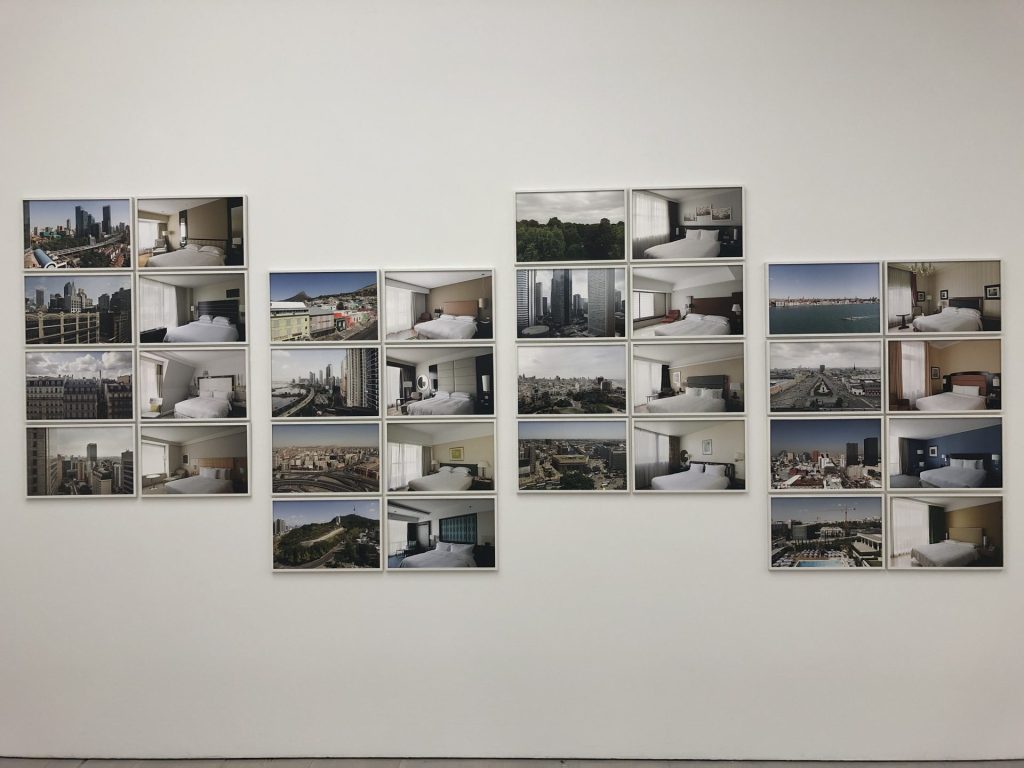
Two visitors from Marseille in France, Celine and Jerome, 44 and 52 respectively, were perplexed by the way people live in the world’s biggest cities.
Celine said: “At the beginning, there were images taken in different cities, such as Hong-Kong, Shanghai and Mexico City. It was very strange for us to see different ways of living, in confined spaces.”
Jerome added: “A five square meter room is a living space for a family of four.”
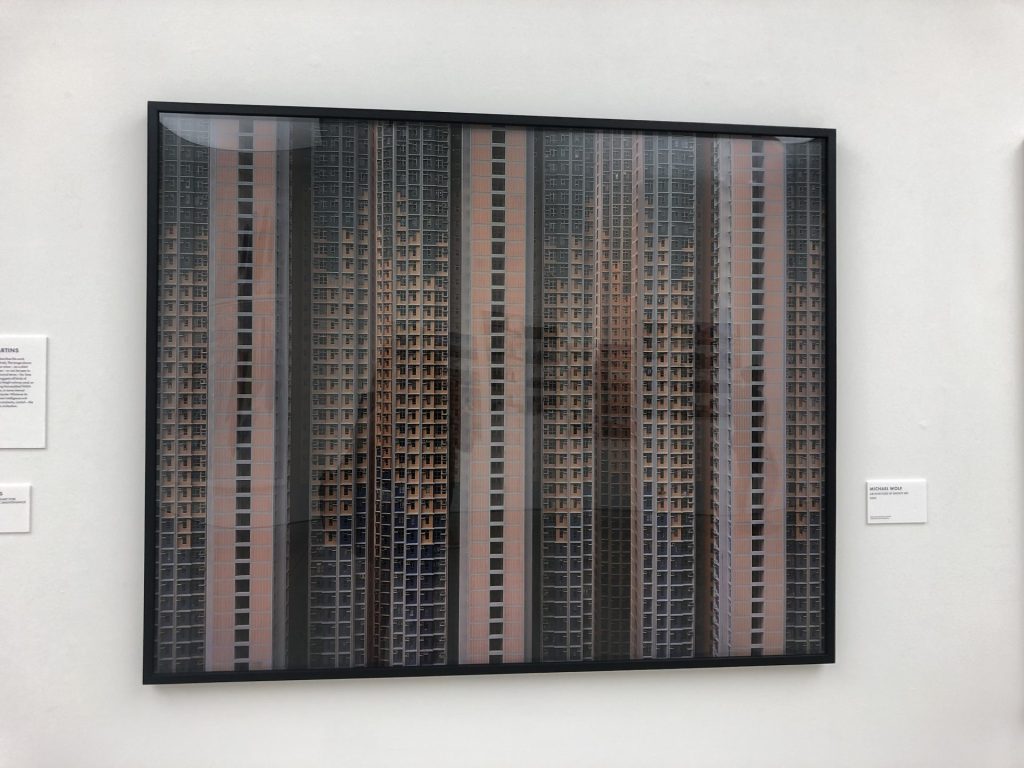
Takeaway
However, Civilization also invites its visitors to look at the exhibits through an entirely different perspective.
The perspective where human achievements and failures are presented as collective work of many, quite often anonymous and unaware participants rather than work of a single human being.
It gives an opportunity to stop and reflect on the grey area of what each single one of us finds mighty as well as shameful.
And in the end to be proud of as well as take responsibility, simply because we all contribute to both, the mighty and the shameful every single day of our civilization’s life.
Civilization, The Way We Live Now exhibition runs at Saatchi Gallery until the 17th of September.
